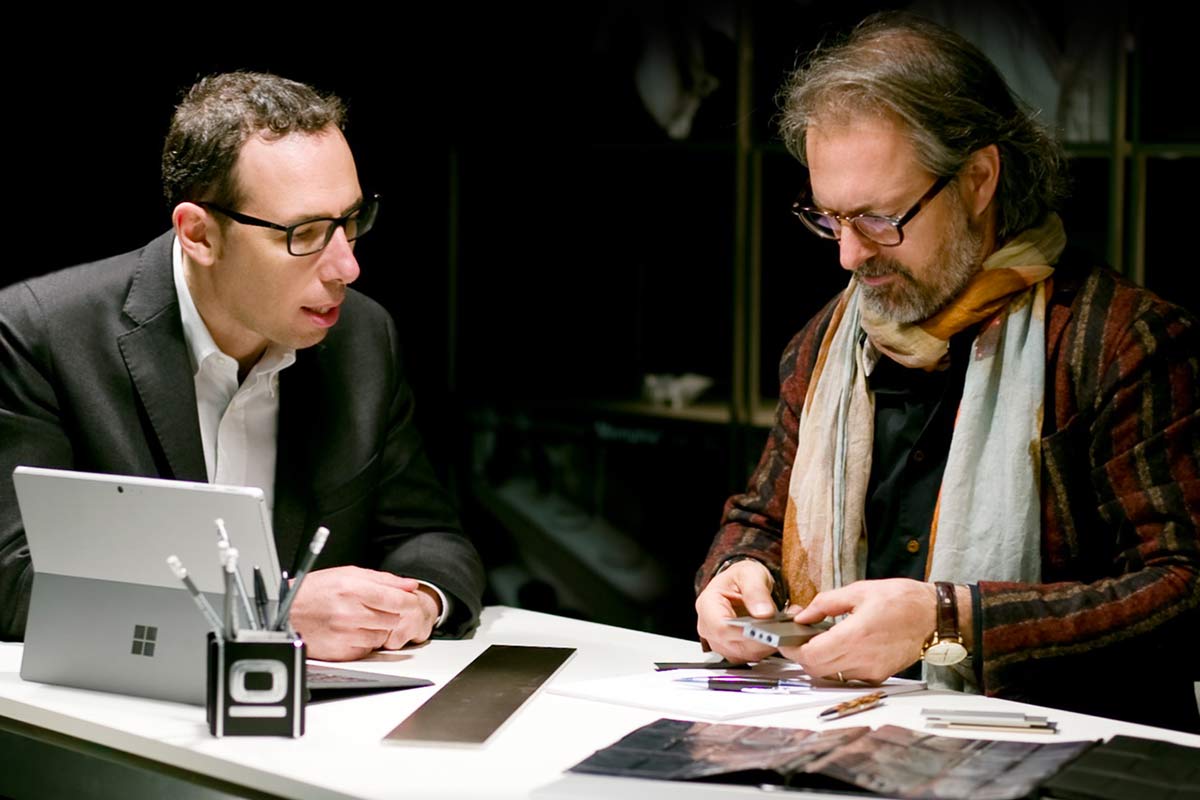
Il Sole24Ore interview with Ossicolor
From Trentino, a new approach to automation.
With a constantly-growing turnover (11 million euros in 2017) and a staff of 60, the Trentino firm Ossicolor (www.ossicolor.it) manufactures finished products and components in extruded aluminium for the furniture industry.
Founded in 1971 as a third-party supplier for Ignis, Ossicolor’s success is based on its integrated production cycle; in fact everything – from design to mechanical processing and right up to anodic oxidation – takes place on the premises. But it’s in the mechanics department that the greatest innovation has been made.
Owner Manuel Cecchele explains: “We set ourselves the goal of offering our customers bespoke components in small batches, using highly automated production processes. We were looking for a new way of manufacturing, efficient yet at the same time extremely flexible; a visit to the Okuma factory in Japan showed us the way”.
Since 2013 the firm’s production facility in Mezzolombardo has introduced Multus multi-tasking lathes, as well as the robotised islands already installed in the Spormaggiore factory.
“Until then, the aim of automation was basically to replace a person with a human-like robot for the execution of the most unpleasant tasks”, says Roberto Masciocchi, manager of Ossicolor. “With the recent investment we looked for a different approach: to create a unit that could take on the edging rods designed by us and, having lathed and milled them, produce finished items, either identical or of different types. By adding special tools invented in-house to the multi-tasking lathes, we enabled them to automatically carry out the operations of cutting, mechanical processing and polishing”.
And the objective for 2018? Cecchele replies: “Definitely to go on growing, developing the innovative character of our finishes and extending the range of finished products created by Ossicolor in collaboration with well-known designers. To this end we’re setting up a unit for rapid prototyping for cutting operations, based on the use of a multi-tasking lathe, in order to minimise the time needed to move from the initial samples to automated production”.

